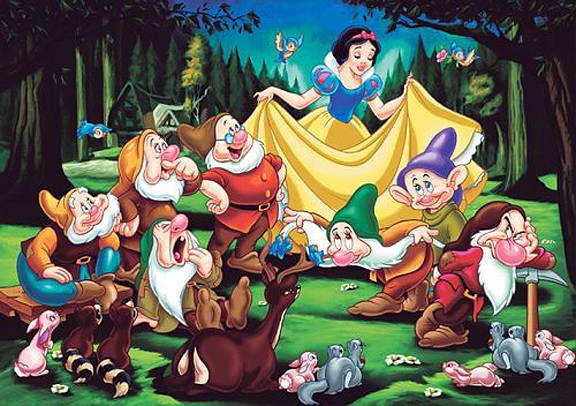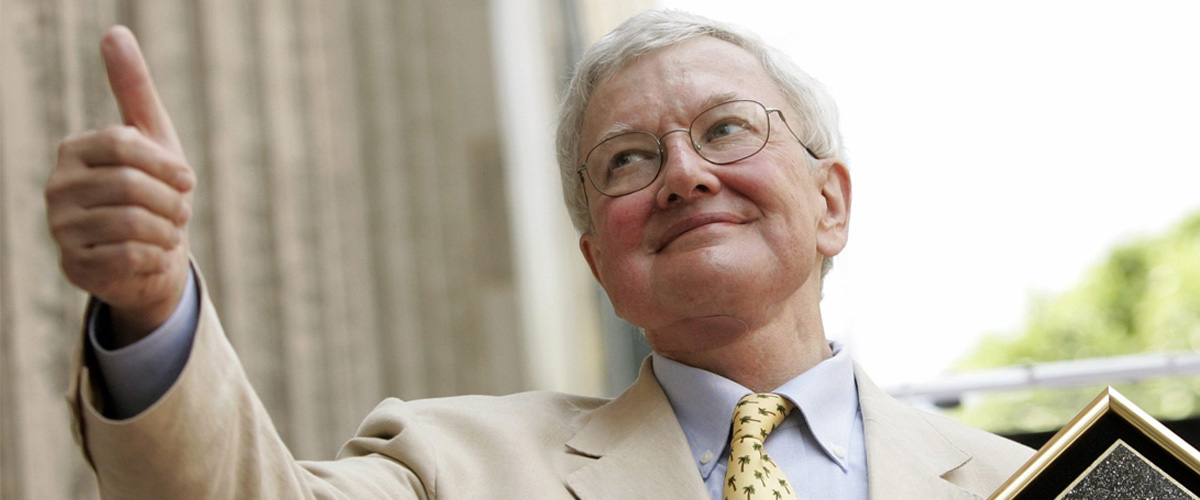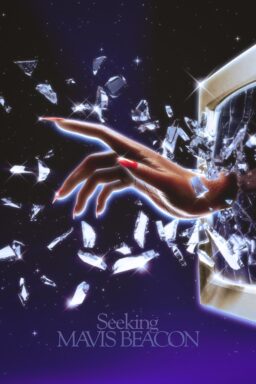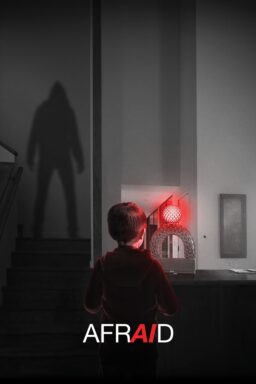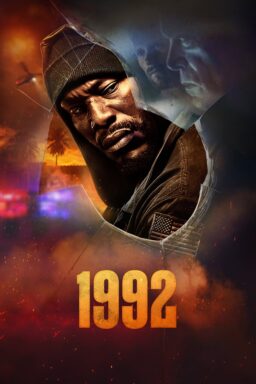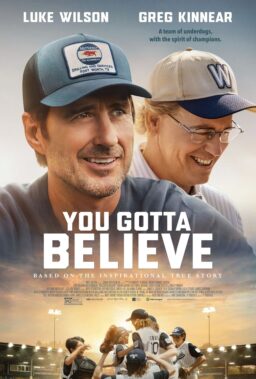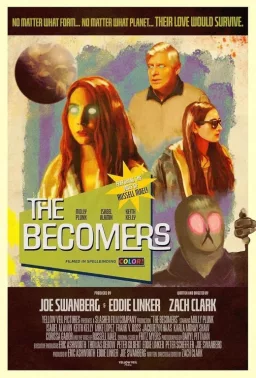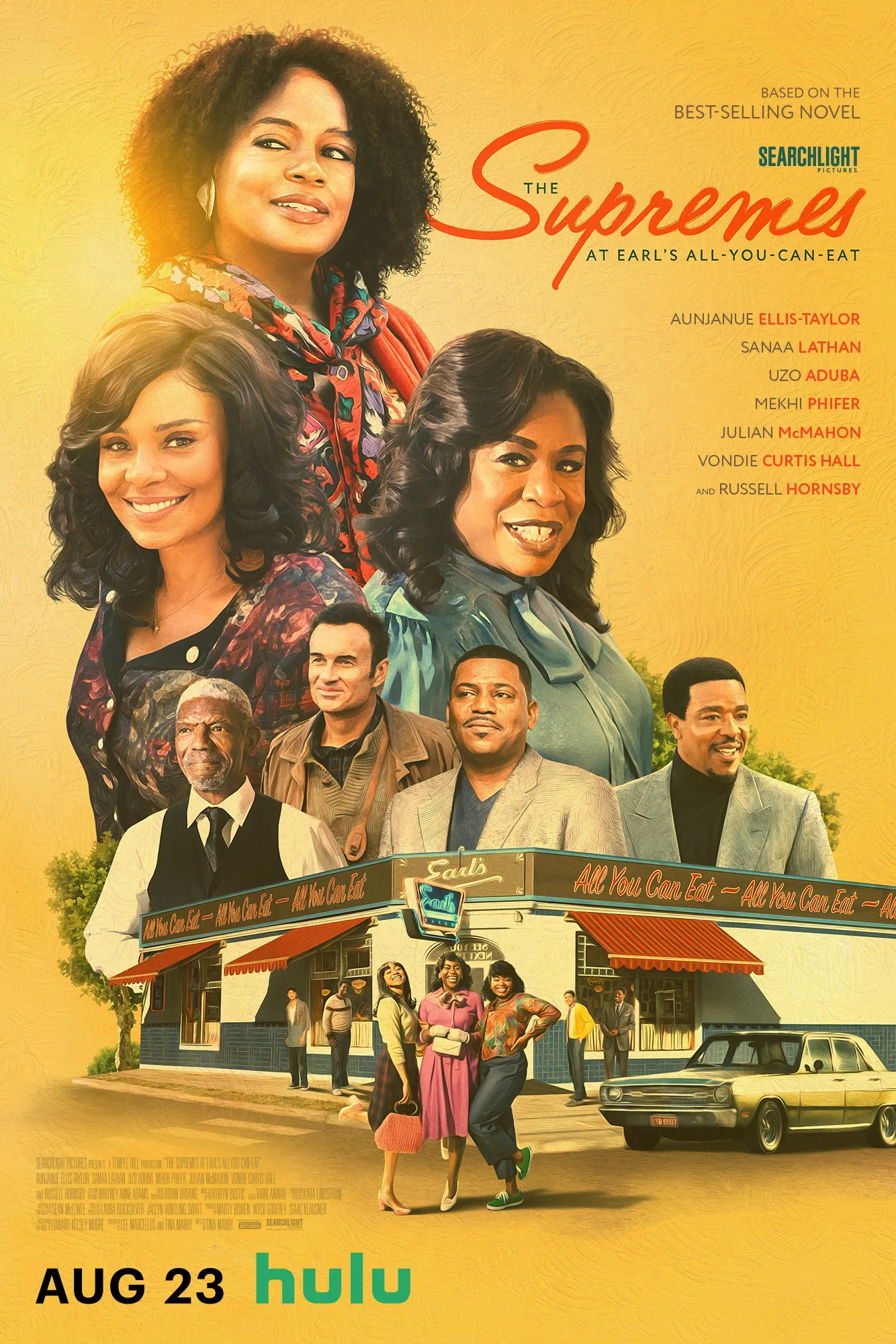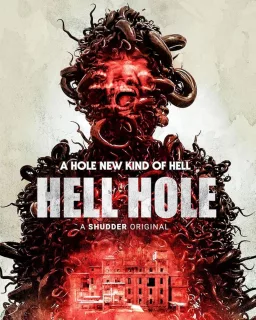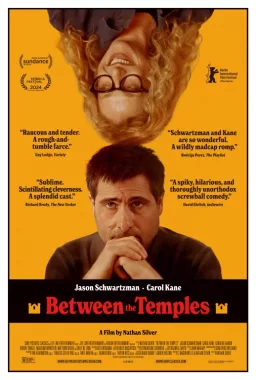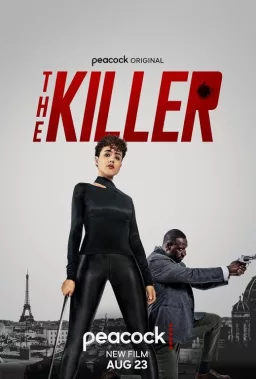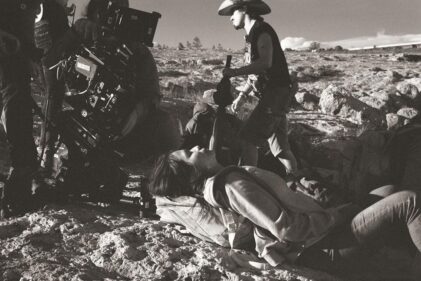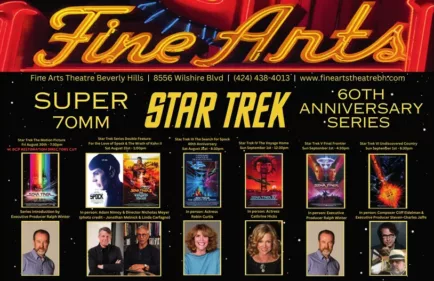If Walt Disney‘s “Snow White and the Seven Dwarfs” had been
primarily about Snow White, it might have been forgotten soon after its 1937
premiere, and treasured today only for historical reasons, as the first
full-length animated feature in color. Snow White is, truth to tell, a bit of a
bore, not a character who acts but one whose mere existence inspires others to
act. The mistake of most of Disney’s countless imitators over the years has
been to confuse the titles of his movies with their subjects. “Snow White and
the Seven Dwarfs” is not so much about Snow White or Prince Charming as about
the Seven Dwarfs and the evil Queen–and the countless creatures of the forest
and the skies, from a bluebird that blushes to a turtle who takes forever to
climb up a flight of stairs.
Walt Disney’s shorter cartoons all centered on one or a few
central characters with strongly-defined personalities, starting with Mickey
Mouse himself. They lived in simplified landscapes, and occupied stories in
which clear objectives were boldly outlined. But when Disney decided in 1934 to
make a full-length feature, he instinctively knew that the film would have to
grow not only in length but in depth. The story of Snow White as told in his
source, the Brothers Grimm, would scarcely occupy his running time, even at a
brisk 83 minutes.
Disney’s
inspiration was not in creating Snow White but in creating her world. At a time
when animation was a painstaking frame-by-frame activity and every additional
moving detail took an artist days or weeks to draw, Disney imagined a film in
which every corner and dimension would contain something that was alive and
moving. From the top to the bottom, from the front to the back, he filled the
frame (which is why Disney’s decision in the 1980s to release a cropped “widescreen”
version was so wrong-headed, and quickly retracted).
So
complex were his frames, indeed, that Disney and his team of animators found
that the cels they used for their short cartoons were not large enough to
contain all the details he wanted, and larger cels were needed. The film’s
earliest audiences may not have known the technical reasons for the film’s
impact, but in the early scene where Snow White runs through the forest, they
were thrilled by the way the branches reached out to snatch at her, and how the
sinister eyes in the darkness were revealed to belong to friendly woodland
animals. The trees didn’t just sit there within the frame.
Disney’s
other innovation was the “multiplane camera,” which gave the illusion of three
dimensions by placing several levels of drawing one behind another and moving
them separately–the ones in front faster than the ones behind, so that the
background seemed to actually move instead of simply unscrolling. Multiplane
cameras were standard in animation until the very recent use of computers,
which achieve a similar but more detailed effect–too detailed, purists argue,
because too lifelike.
Nothing
like the techniques in “Snow White” had been seen before. Animation itself was
considered a child’s entertainment, six minutes of gags involving mice and
ducks, before the newsreel and the main feature. “Snow White” demonstrated how
animation could release a movie from its trap of space and time; how gravity,
dimension, physical limitations and the rules of movement itself could be
transcended by the imaginations of the animators.
Consider
another early example, when Snow White is singing “I’m Wishing” while looking
down into the well. Disney gives her an audience–a dove that flutters away in
momentary fright, and then returns to hear the rest of the song. Then the point
of view shifts dramatically, and we are looking straight up at Snow White from
beneath the shimmering surface of the water in the well. The drawing is as easy
to achieve as any other, but where did the imagination come from, to supply
that point of view?
Walt
Disney often receives credit for everything done in his name (even sometimes
after his death). He was a leader of a large group of dedicated and
hard-working collaborators, who are thanked in the first frames of “Snow White,”
before the full credits. But he was the visionary who guided them, and it is a
little stunning to realize that modern Disney animated features like “Beauty
and the Beast,” “The Lion King” and “Aladdin,” as well as the rare hits made
outside the Disney shop, like Dreamworks’ “Shrek” and Pixar’s “Toy Story,”
still use to this day the basic approach that you can see full-blown in “Snow
White.”
The
most important continuing element is the use of satellite and sidekick
characters, minor and major, serious and comic. A frame is not allowed for long
to contain only a single character, long speeches are rare, musical and dance
numbers are frequent, and the central action is underlined by the bit
characters, who mirror it or react to it.
Disney’s
other insight was to make the characters physically express their
personalities. He did that not by giving them funny faces or distinctive
clothes (although that was part of it) but studying styles of body language and
then exaggerating them. When Snow White first comes across the cottage of the
dwarfs, she goes upstairs and sees their beds, each one with a nameplate:
Sleepy, Grumpy, Dopey, and so on. When the dwarfs return home from work (“Heigh-ho!
Heigh-ho!”) they are frightened and resentful to find a stranger stretched across
their little beds, but she quickly wins them over by calling each one by name.
She knows them, of course, because they personify their names. But that
similarity alone would soon become boring if they didn’t also act out every
speech and movement with exaggerated body language, and if their very clothing
didn’t seem to move in sympathy with their personalities.
Richard
Schickel’s 1968 bookThe
Disney Versionpoints out
Disney’s inspiration in providing his heroes and supporting characters with
different centers of gravity. A heroine like Snow White will stand upright and
tall. But all of the comic characters will make movements centered on and
emanating from their posteriors. Rump-butting is commonplace in Disney films,
and characters often fall on their behinds and spin around. Schickel;
attributed this to some kind of Disney anal fixation, but I think Disney did it
because it works: It makes the comic characters rounder, lower, softer,
bouncier and funnier, and the personalities of all seven Dwarfs are built from
the seat up.
The
animals are also divided into body styles throughout Disney. “Real” animals
(like Pluto) look more like dogs, comic animals (like Goofy) stand upright and
are more bottom-loaded. In the same movie a mouse will be a rodent but Mickey
will somehow be other than a mouse; the stars transcend their species. In both
versions, non-star animals and other supporting characters provide counterpoint
and little parallel stories. Snow White doesn’t simply climb up the stairs at
the dwarves’ house–she’s accompanied by a tumult of animals. And they don’t
simply follow her in one-dimensional movement. The chipmunks hurry so fast they
seem to climb over each other’s backs, but the turtle takes it one laborious
step at a time, and provides a punch line when he tumbles back down again.
What
you see in “Snow White” is a canvas always shimmering, palpitating, with
movement and invention. To this is linked the central story, which like all
good fairy tales is terrifying, involving the evil Queen, the sinister Mirror
on the Wall, the poisoned apple, entombment in the glass casket, the lightning
storm, the rocky ledge, the Queen’s fall to her death. What helps children deal
with this material is that the birds and animals are as timid as they are, scurrying
away and then returning for another curious look. The little creatures of “Snow
White” are like a chorus that feels like the kids in the audience do.
“Snow
White and the Seven Dwarfs” was immediately hailed as a masterpiece. (The
Russian director Sergei Eisenstein called it the greatest movie ever made.) It
remains the jewel in Disney’s crown, and although inflated modern grosses have
allowed other titles to pass it in dollar totals, it is likely that more people
have seen it than any other animated feature. The word genius is easily used
and has been cheapened, but when it is used to describe Walt Disney, reflect
that he conceived of this film, in all of its length, revolutionary style and
invention, when there was no other like it–and that to one degree or another,
every animated feature made since owes it something.

